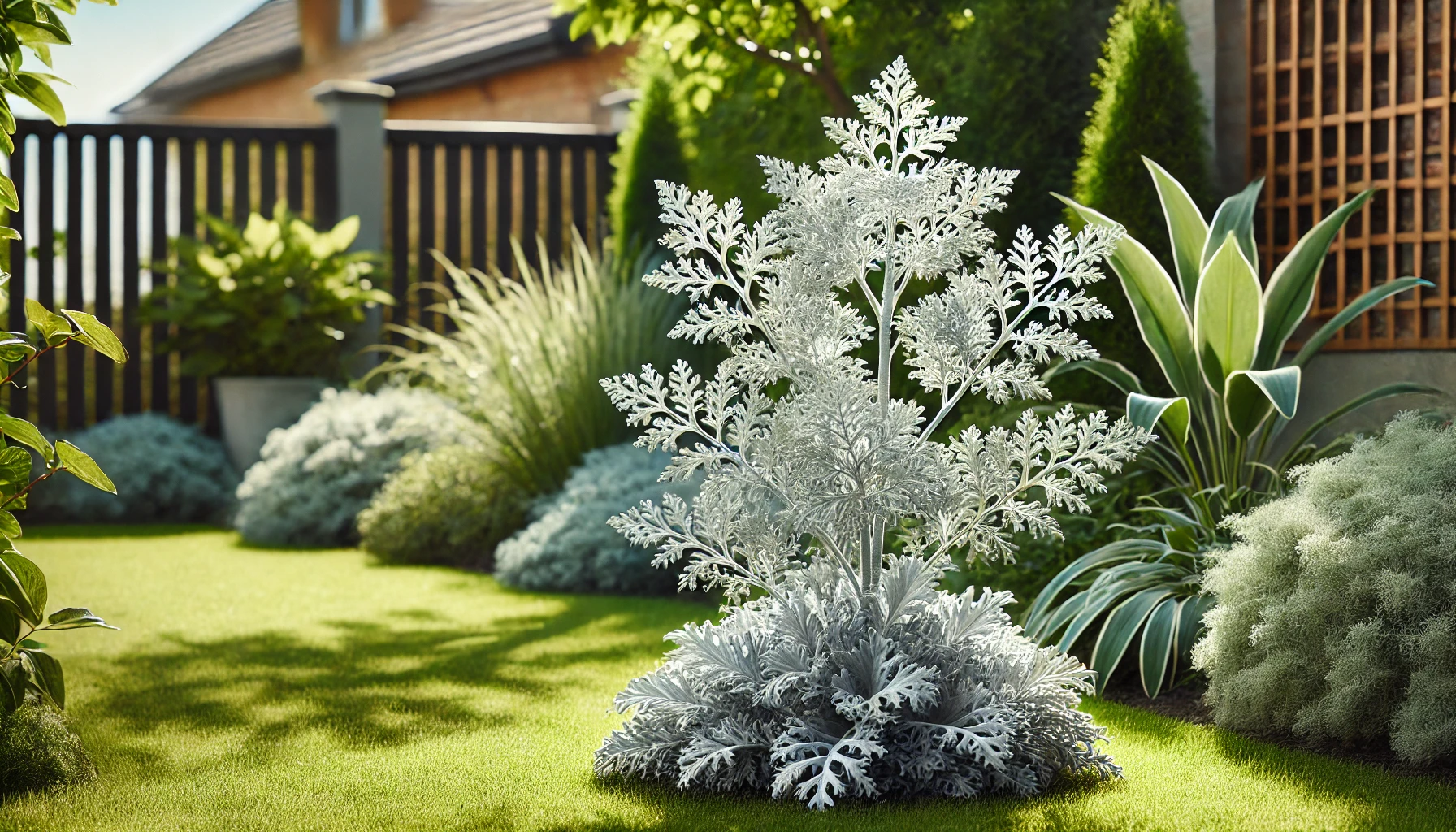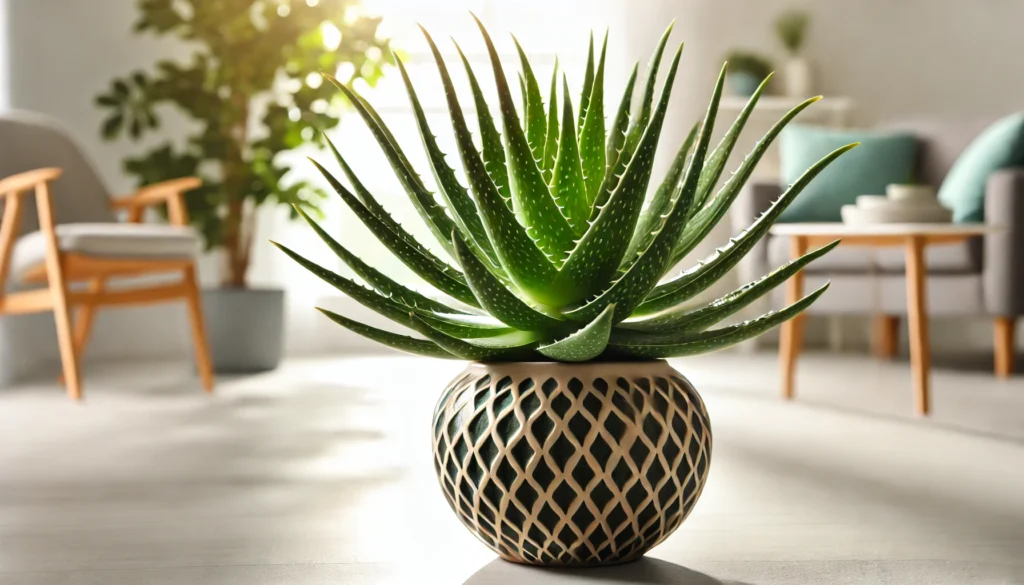
Dusty Miller, formally known as Senecio cineraria, is a striking plant recognized for its silvery-gray foliage and finely cut, almost feathery leaves. This perennial can grow up to 1 to 2 feet tall and wide, making it a perfect border plant or filler in flower beds and containers. Its unique color and texture make it an excellent companion to vibrant flowering plants, adding contrast and visual interest to any garden.
A Glimpse into History and Ideal Growing Conditions
Dusty Miller originates from the Mediterranean region and has been a garden favorite for many years due to its drought tolerance and ease of care. This plant thrives in full sun and well-drained soil, making it particularly well-suited to warmer climates. Dusty Miller prefers a soil pH that is neutral to slightly alkaline and can tolerate a variety of soil types as long as they drain well. It is also relatively low-maintenance, making it an ideal choice for gardeners looking to add texture and color without a lot of fuss.
Is Dusty Miller Safe for Pets?
Dusty Miller is mildly toxic to pets. While it’s not usually fatal, ingestion can cause symptoms such as vomiting, diarrhea, and drooling in cats and dogs. The plant contains pyrrolizidine alkaloids, which can be harmful if consumed in large quantities. Therefore, it’s best to plant Dusty Miller in areas that are not easily accessible to pets.
Safe Alternatives for Pet-Friendly Gardens
If you’re concerned about pet safety, consider alternatives like the Lamb’s Ear (Stachys byzantina), Silver Bush (Convolvulus cneorum), or Artemisia (Artemisia spp.). These plants offer similar silvery foliage and are non-toxic to pets.
Best Practices for Caring for Dusty Miller
Dusty Miller is a resilient plant that requires minimal care once established. However, following a few best practices will ensure it thrives and maintains its beautiful foliage.
Watering and Humidity
Dusty Miller is drought-tolerant once established, so it’s essential to water it sparingly. Water the plant when the soil feels dry to the touch, and avoid overwatering, which can lead to root rot. This plant does well in low to average humidity, making it suitable for a variety of climates.
Soil, Light, and Temperature
Plant Dusty Miller in well-draining soil, ideally a sandy or loamy mix. It thrives in full sun, which helps to maintain the silvery color of its leaves. While Dusty Miller can tolerate partial shade, too much shade can cause the plant to become leggy and lose its vibrant color. It is hardy in USDA zones 7-10, and can tolerate light frost, though it may not survive harsh winter conditions.
Common Problems and Remedies
Dusty Miller is generally resistant to pests and diseases, but a few issues can arise. Overwatering is the most common problem, leading to root rot. To avoid this, ensure the soil drains well and water sparingly. In humid climates, Dusty Miller can develop powdery mildew. To prevent this, provide good air circulation around the plants and avoid overhead watering. If powdery mildew does appear, treat it with a fungicide or a homemade solution of baking soda and water.
Propagation and Benefits
Dusty Miller can be easily propagated through cuttings. Take a cutting from a healthy plant, remove the lower leaves, and place it in well-draining soil. Keep the soil moist until roots develop. This plant is not only beautiful but also serves practical purposes in the garden. Its silvery foliage reflects sunlight, helping to keep surrounding plants cooler, and it can act as a natural deterrent to pests.
Final Thoughts
Dusty Miller is a versatile and resilient plant that adds a touch of elegance and contrast to any garden. Its silvery foliage pairs beautifully with colorful blooms, and its low-maintenance nature makes it an excellent choice for gardeners of all experience levels. While it is mildly toxic to pets, with the right precautions, it can be safely included in your garden. With proper care, Dusty Miller will thrive and bring beauty to your outdoor space for years to come.



